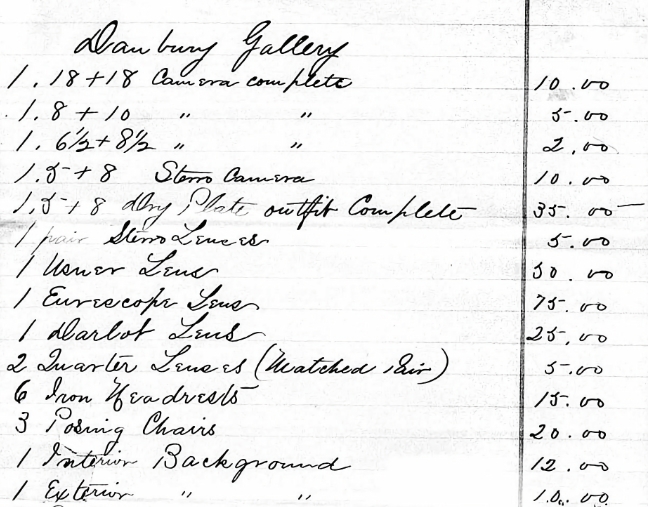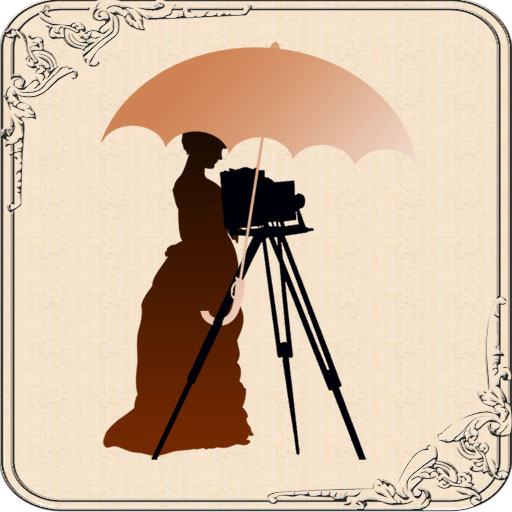We know from the outset that all the early women artisan photographers — the women who worked between 1850-1930 — are definitely no longer alive. So, I hope I don’t sound too morbid when I say that when looking for information about their lives, I always hope to find a good obituary for them. Obituaries, you see, can be a source of so much useful information about someone: names of their relatives, where they lived, who they married (if they married), and, or course, where and when they died.
I’ve come to the conclusion, though, that locating a probate record can be the real treasure map containing paths of information to follow to find insights into someone’s life. Particularly if there is an inventory record of the photo studio as part of the probate record. I mean, seeing all the items that are in a studio (including cameras, lenses, backdrops for people to pose in front of, etc. ) — well, that can get quite interesting when you’re looking for information about a photographer.
Therefore, hopefully it doesn’t seem too weird to say that I was excited when I discovered that probate record for Joseph H. Folsom, which I mentioned in the post about Sarah Folsom, his wife. Unfortunately, when Joseph died, Sarah, aka Mrs. J.H. Folsom, inherited a lot of debts. That’s probably why the probate papers included very long itemized lists of their business property with valuations, since Mrs. Folsom was going to need to see if selling anything was going be able to raise enough money to help pay the debts.
The complete property inventory in Joseph Folsom’s probate records is quite long, too long to include here. But to give you some idea of what it looks like, here is the beginning of the inventory list for the Folsom Danbury Studio; the full inventory list of items in that studio is about 4x as long as this excerpt:

Part of the 1883 probate papers for Joseph H. Folsom
When I read through that inventory and reached the end of that list, I discovered that the next section of the inventory listed items in a second photo gallery the Folsoms had had in Waterbury. It was a much shorter list, which isn’t surprising since the Waterbury location was open for a very short time before Joseph died. If it opened at all before he died — that studio is never listed in any Waterbury city directory or in any newspaper ads. In fact, the only way Chris and I discovered that the Folsoms had this second location in Waterbury was actually reading the probate record.
Of course, the fact that fascinating information that can be contained in a probate record was already been discussed on the blog. In fact, this year’s Early PICT series kicked off with a post that mentioned the probate records of Ethel Kinne and how that shed light on her tragically short life. You can click here to get a list of all the posts where I’ve mentioned probate previously.
I should note that sometimes mysteries are triggered with respect to probate (as in the probate record for Mrs. J. B. Lewis or the attempt to file probate that I discussed in the Elizabeth Carter Hedley/Dr. Poulson saga).
Anyway, today’s post is just to share my recent pondering about probate papers, and how they can unexpectedly provide a key that unlocks insights — and uncovers mysteries — in the lives of early women artisan photographers.
